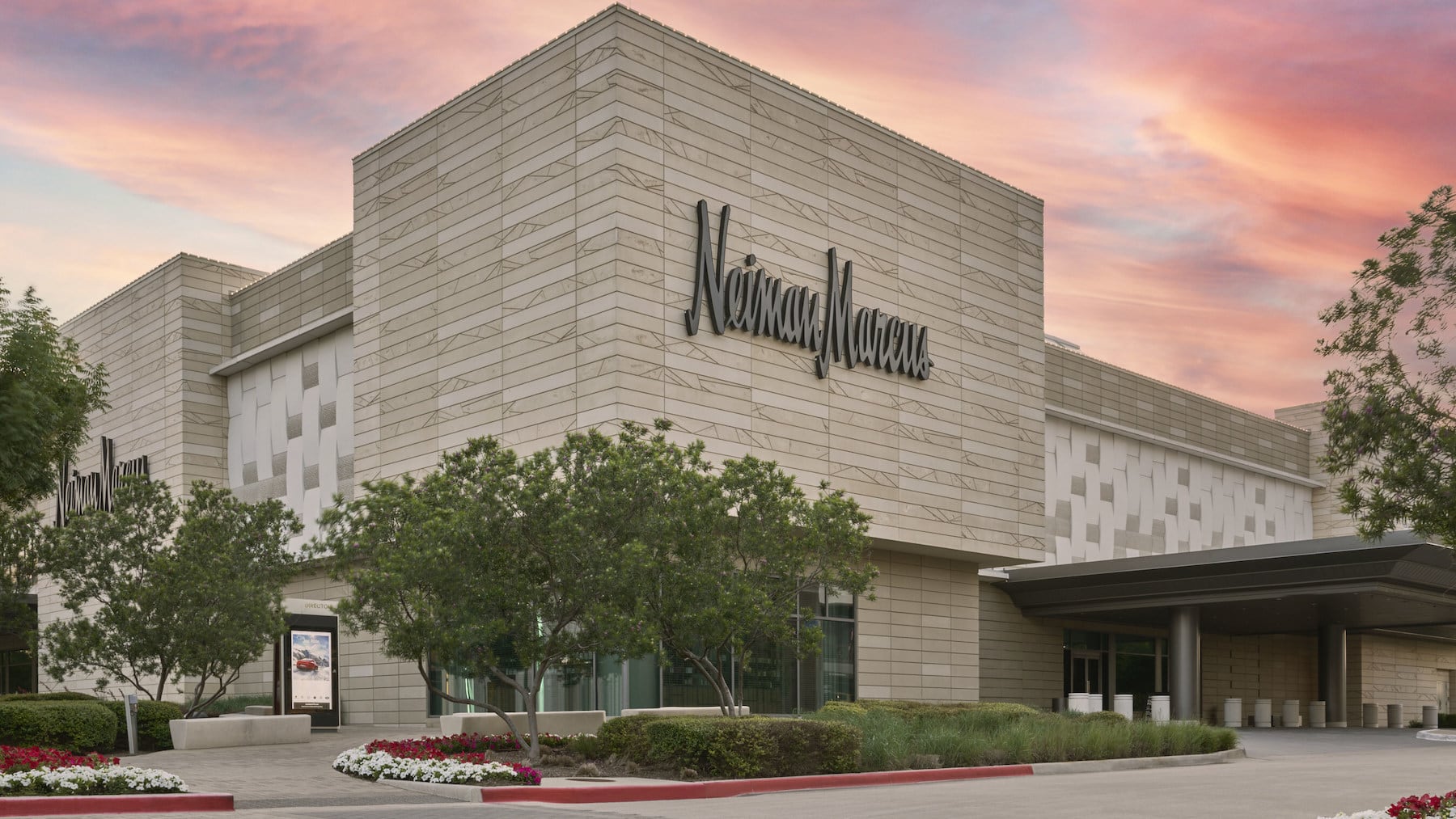
The merger of Saks Fifth Avenue and Neiman Marcus represents the most dramatic change to the American department store landscape since the formation of Macy’s two decades ago. Whether that will be enough to solve the sector’s mounting problems is an open question.
Saks Fifth Avenue parent Hudson’s Bay Company has inked a long-awaited deal to absorb Neiman Marcus Group in a $2.65 billion transaction, The Wall Street Journal reported on Wednesday. Amazon and Salesforce are taking minority stakes in the combined company — Saks Global — and will bring their tech expertise to the project.
The transaction creates a new juggernaut in the luxury retail space. Together, Saks and Neiman will generate annual sales of $10 billion, or more than double what Farfetch, the largest luxury e-commerce platform, was projecting in 2023 before its acquisition by Coupang. The combined company will still lag Macy’s, which reported $23 billion in revenue last year, and Nordstrom, with $14 billion in net sales in 2023.
The deal will also grant the retailers unprecedented access to two powerhouses in the technology space, which poses the potential for the creation of a new innovative online shopping platform. Other benefits of scale include leverage with vendors and a competitive edge against other major players.
Even so, the department store business model faces steep existential challenges, including slowing consumer spending, eroding margins and competition from other retail giants as well as brands themselves. Many brands that work with Saks are unlikely to welcome the deal; the company has withheld and delayed vendors since late last year, a person familiar with the finances of over 10 brands said Wednesday. Some labels have reduced the volume of inventory they send to Saks, or stopped working with the retailer altogether.
Regulatory approval of the deal is another concern; the US Federal Trade Commission challenged Tapestry’s acquisition of Capri in April, demonstrating a deep scepticism that market consolidation is in the interest of consumers.
A Troubled Model
Despite the scale and transformative potential of Saks Global, industry observers express doubt as to whether the coming together of Saks, Neiman and Amazon will be enough to revive the department store model, which has experienced significant strain over the past decade.
Online shopping has diminished the advantage of maintaining a nationwide brick-and-mortar footprint. E-commerce has also conditioned consumers to shop by price and without loyalty to any particular store, driving retailers and brands alike into a spiral of year-round discounting.
While department stores often tout the advantages of having a real-world presence, the physical shopping experience itself leaves much to be desired. From how products are merchandised on the sales floor to rigid categories separating menswear from women’s and luxury from contemporary, many stores look much as they did decades ago.
An even larger threat is the exodus of large European labels from the American wholesale market. LVMH, Kering and Prada have all prioritised direct selling to consumers, making it harder for multi-brand sellers such as Saks and Neiman Marcus to make the case that they offer the best selection.
“Even a combined chain would not match the heft and power of the global luxury conglomerates, which would still hold most of the cards,” Neil Saunders, managing director of GlobalData’s retail team said in a statement. “As such, there is a risk that the deal might end up creating an even bigger headache for Saks.”
These forces have already taken a toll on Saks and Neiman Marcus. In 2020, Neiman Marcus filed for bankruptcy and emerged four months later with a playbook that prioritised its top spenders. The following year, HBC split Saks Fifth Avenue into two different companies in an effort to raise capital for e-commerce improvements.
But in order to drive long-term growth and profit, a total reimagining of the department store model is required, experts say.
“We’re at a time when everything needs a reinvention,” said Julie Gilhart, fashion consultant and former fashion director at Barneys. “If by consolidating, the group can work more efficiently and be better for their employees, better for vendors, and better for customers, then I think it’ll be a very good thing in the industry.”
Creating a New Value Proposition
Department stores still offer a wide assortment of products, and the immediate gratification that comes from discovering an exciting new item and purchasing it on the spot. Saks Global must find a way to make that proposition even more enticing, while boosting margins at the same time.
Saks Global, which will be run by current Saks chief executive Marc Metrick, will no doubt find some quick savings by consolidating the two chains’ warehouses, fulfilment operations, customer service, technology and other backend operations.
That would free up capital to invest in stores. Neiman Marcus provides the template there: its department stores are known for premium service for high-spending repeat shoppers, which could be applied to Saks’ more diversified customer base, according to retail veteran and consultant Robert Burke.
“People are very attracted to the physical experience of shopping, so can they reignite that?” Burke said. “They’re going to have more money, which means more opportunity to improve all their stores, and improve the merchandising more so than ever before.”
The Amazon Factor
Amazon’s involvement in the deal could not be better timed. In recent months, the luxury e-commerce market has effectively imploded amid rampant discounting and astronomical costs of distribution, creating an opening for Saks Global. Amazon, with its vast scale and expertise in reconceptualising the online shopping experience, is a major boon to that effort.
But the biggest beneficiary may actually be Amazon itself. Several years ago, the company surpassed Walmart as the largest US apparel seller, but its revenue in the category comes mostly from cheap basics. The e-commerce behemoth has repeatedly tried to penetrate the luxury fashion arena for at least a decade without becoming a major player.
With Saks and Neiman Marcus in its corner, Amazon will have unprecedented access to not only coveted vendors but also a rolodex of fashion consumers.
“Amazon makes shopping easy, and it has enhanced the lives of consumers,” said Gilhart. “They bring to the table three different perspectives … This will create some much-needed change, I just hope it will be positive to everyone involved.”



